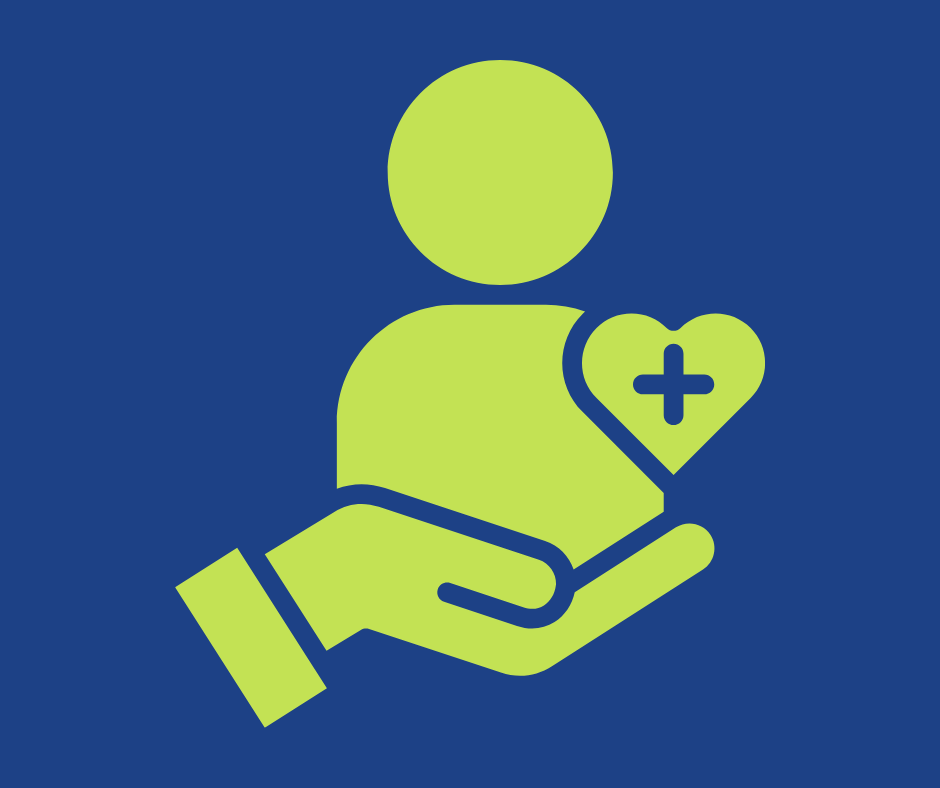Strengthening Pressure Injury Prevention: Building on the Essentials

Nurses recently had the opportunity to attend Forum’s continuing education seminar presented by a wound care specialist from Medline on Pressure Injury and Prevention in Long-Term & Senior Care Settings. The session emphasized key risk factors, prevention strategies, and the importance of continuous staff engagement. This article updates and distills those core principles, drawing on the latest clinical insights from Medline.
1. Focus on the 4 Fundamental Contributing Factors
Preventing pressure injuries hinges on recognizing and mitigating the following forces—the foundation of any care plan:
- Prolonged pressure: Constant force over bony prominences restricts blood flow and damages tissues.
- Friction: Can abrade the skin’s outer layer when patients are moved or reclined improperly.
- Shear: Happens when deeper tissues slide over one another (eg, sliding down a partially elevated bed), damaging capillaries and soft tissues.
- Moisture: Both excess (urine, perspiration, drainage) and insufficiency (dry, cracked skin) impair skin integrity.
Takeaway for senior care: Adopt a structured approach that assesses each factor and applies targeted interventions—not just treating one while ignoring the others.
2. Refocus and Reinforce the Basics in Prevention Strategies
A recent Medline analysis re-emphasizes timeless yet critical care practices that often slip amidst shifting priorities:
- Emphasize purpose: Don’t just teach what to do—emphasize why. Staff who understand the rationale behind repositioning schedules, support surfaces, and skin-care protocols deliver better outcomes.
- Form Skin-Champion teams: Empower frontline clinical staff to lead unit-wide prevention initiatives by sharing knowledge and monitoring compliance.
- Make education memorable: Practical reminders—like signage in bathrooms or playful analogies (“painting a child’s face” vs “frosting a cupcake”)—help anchor retention.
- Utilize decision-support aids: Provide one-page guides, staging posters, heel-offloading flowcharts, and brief algorithms to simplify clinical decision-making.
- Embed multi-modal learning: Blend virtual sessions, huddles, printed reminders, and hands-on skin assessments for maximum reinforcement.
3. Bundle Evidence-Based Products with Protocols
Clinical best practices are powerful—but outcomes improve when paired with product systems designed to work cohesively.
- Support surfaces & offloading: Choose mattresses, pads, or cushions crafted to redistribute pressure, reduce shear, and protect heels and sacral areas.
- Barrier creams & sacral/heel dressings: Use soft silicone multilayer dressings as part of a comprehensive skin-care bundle—not on their own.
- Moisture management tools: Provide absorbent, breathable incontinence products and cleansers that maintain skin pH without drying or macerating.
Consistency in product adoption across care teams removes ambiguity and supports more reliable protocol adherence.
4. Debunk Common Myths in Prevention
Even seasoned clinicians sometimes fall prey to prevention myths—Medline addresses some key ones:
| Myth | Reality |
|---|---|
| “Adding a sacral dressing solves it” | It’s only effective as part of a full protocol |
| “Education is a one-time event” | Prevention requires ongoing reinforcement and evaluation. |
| “One product fits all” | Off-loading devices must align with targeted risk: heels vs sacrum vs seat. |
| “Shear & friction are minor concerns” | These forces significantly contribute to deep tissue injury. |
5. Implementing a Learner-Centered Educational Culture
Seminar highlights and Medline insights underscore that staff education must be:
- Interactive & relevant – Integrate real-world scenarios from your setting.
- Empowering – Teach why actions matter (eg, turning frequency correlates with reduced Braden risk).
- Systems-oriented – Create accountability through champions, audits, checklists, and huddle feedback.
- Multi-sensory – Combine digital, printed, verbal, and visual cues in staff touchpoints.
- Consistent – Repeat training and audits; quarterly refreshers work best.
6. Action Steps for Senior Care Providers
As clinicians in long-term care, here’s what to do now:
- Audit current pressure injury protocols: Are all 4 factors addressed with clear interventions?
- Schedule staff training sessions that highlight both why and how prevention strategies work.
- Designate your Skin Champion(s) and initiate monthly coaching and audit cycles.
- Standardize your prevention product lineup—mattresses, dressings, moisturizers—and ensure teamwide familiarity.
- Use visual algorithms at point-of-care (eg, heel-offloading guides) and monitor adherence through shift huddles or dashboards.
Conclusion
The foundational elements of pressure injury prevention remain unchanged, but their implementation requires renewed focus, structured systems, and engaged staff. Revisit your protocols, realign your products with evidence-based bundles, and invest in regular, meaningful education. The result? Fewer pressure injuries, improved resident comfort, and enhanced quality outcomes in long-term senior care.
For more tools and resources—including downloadable decision-trees, poster-ready education aids, and turnkey Skin Champion program guides—Medline has a number of resources.